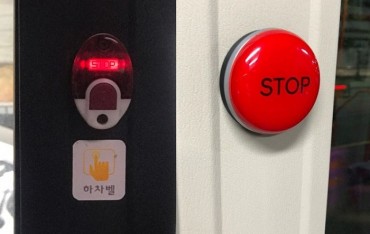SEOUL, May 3 (Korea Bizwire) — Experts picked “group polarization” as the primary socio-psychological phenomenon that requires immediate attention in South Korea this year.
The Korean Social and Personality Psychological Association recently conducted a poll among its members in which “group polarization” received the most votes as a social phenomenon that requires the most attention from Korean society this year.
Group polarization is a social psychology term that refers to the tendency of individual sentiments to become more radical when joined with a group.
For instance, individuals with slightly negative sentiments towards a certain policy may take a more hostile attitude after discussing it in groups with others who share similar sentiments.
“It is also a form of group polarization when confrontation escalates in an online media space, where members can select the information they’d like to see,” the association stated.
Social psychologists have identified “persuasive arguments,” “social comparison arguments,” and “social identity” as the three major factors that cause group polarization.
To resolve this phenomenon, a group must consist of individuals with a wide range of perspectives when addressing a certain social problem.
In cases where a group consists of individuals with similar sentiments, a “devil’s advocate” should be in place to offset the imbalance.
Devil’s advocates are individuals who deliberately oppose ideas that are accepted by others. The association explained that they may be effective in preventing groups from becoming too radical.
H. M. Kang (hmkang@koreabizwire.com)







